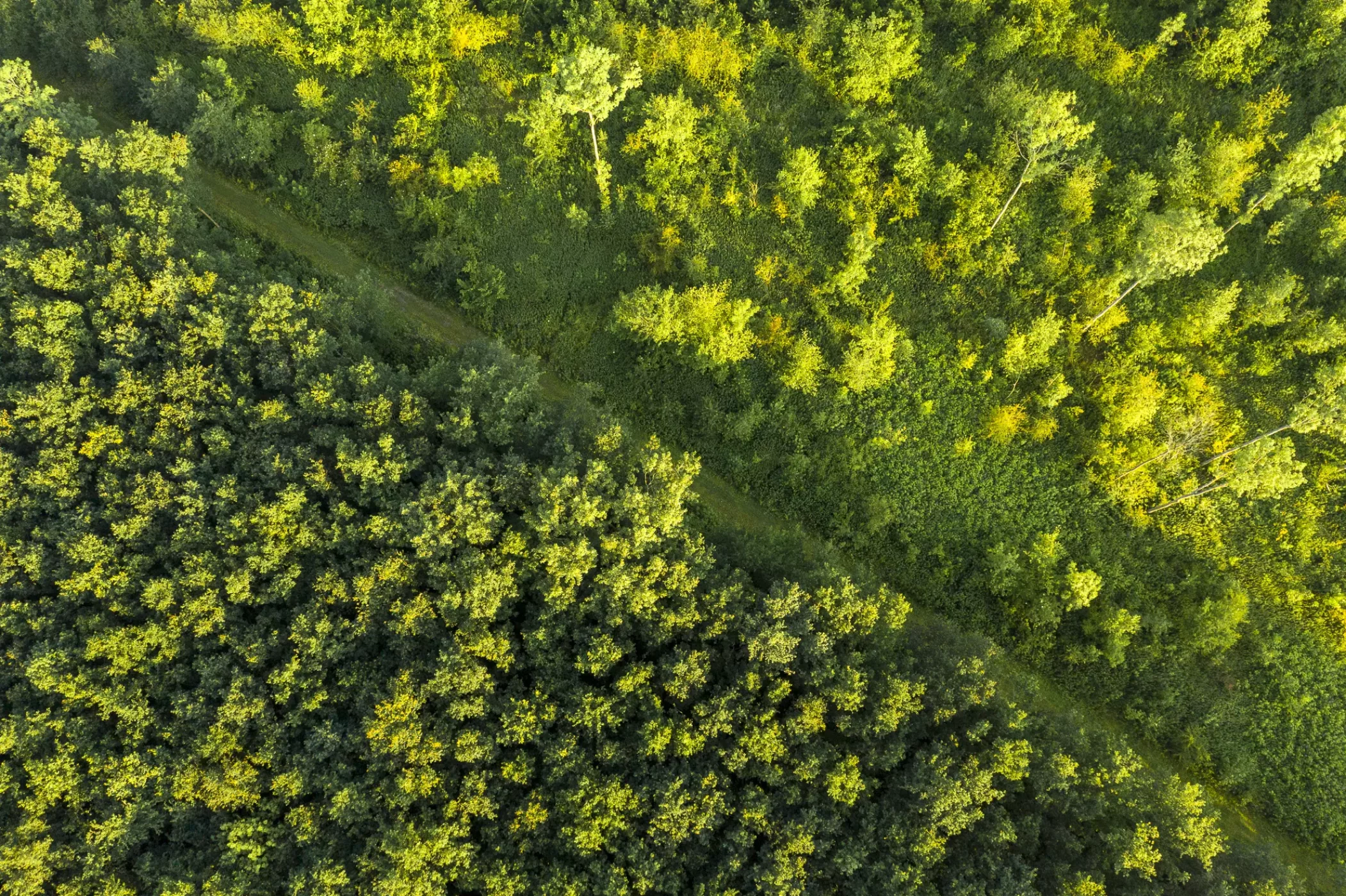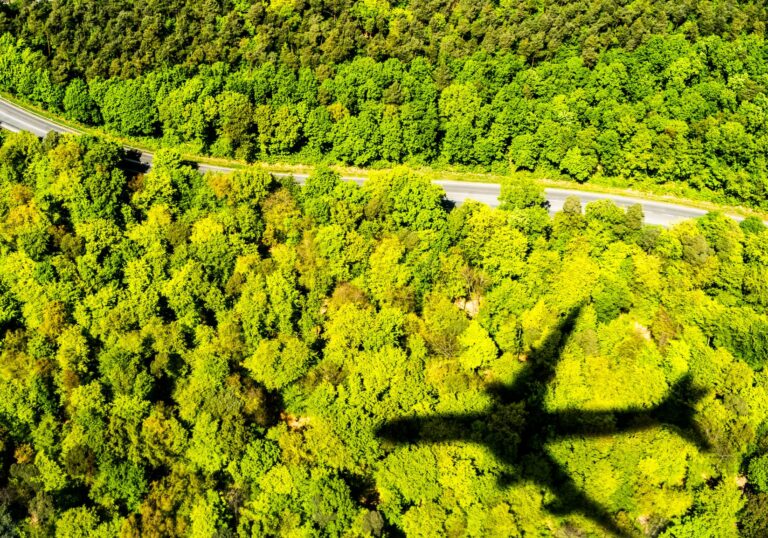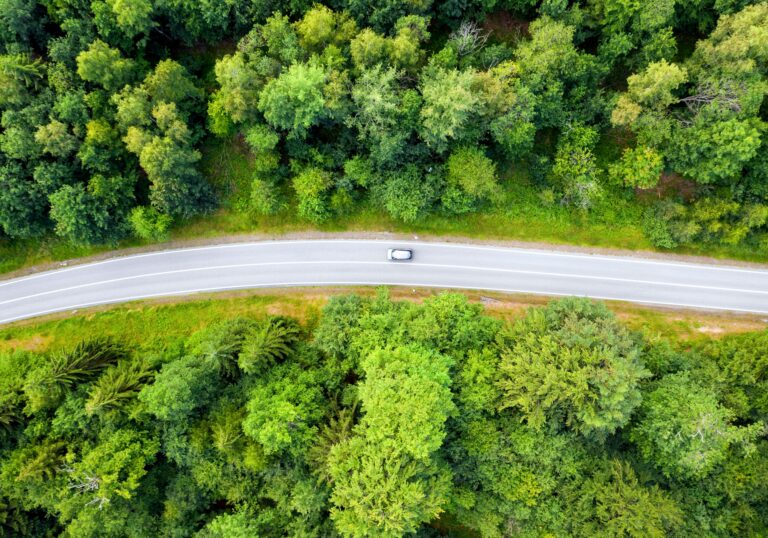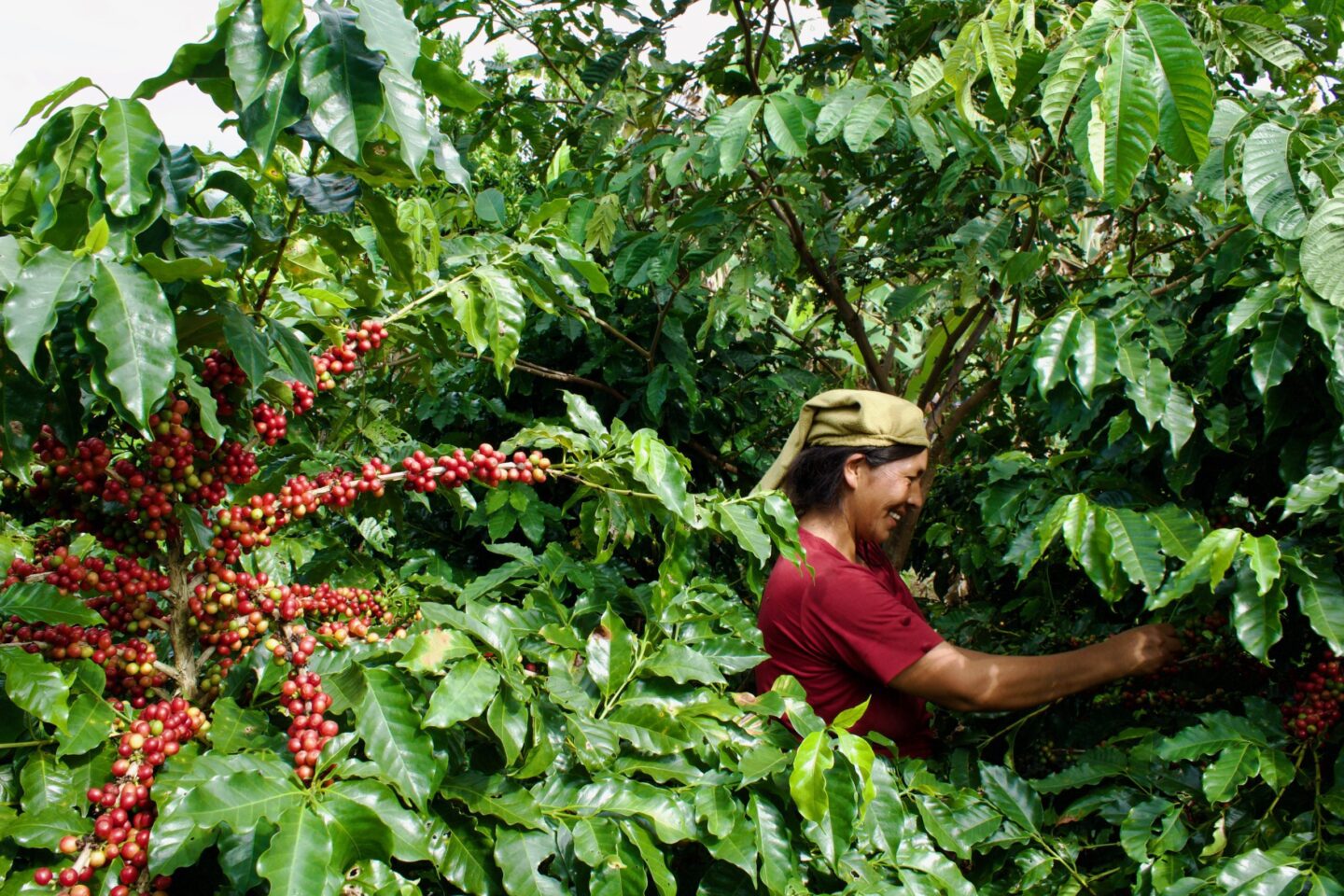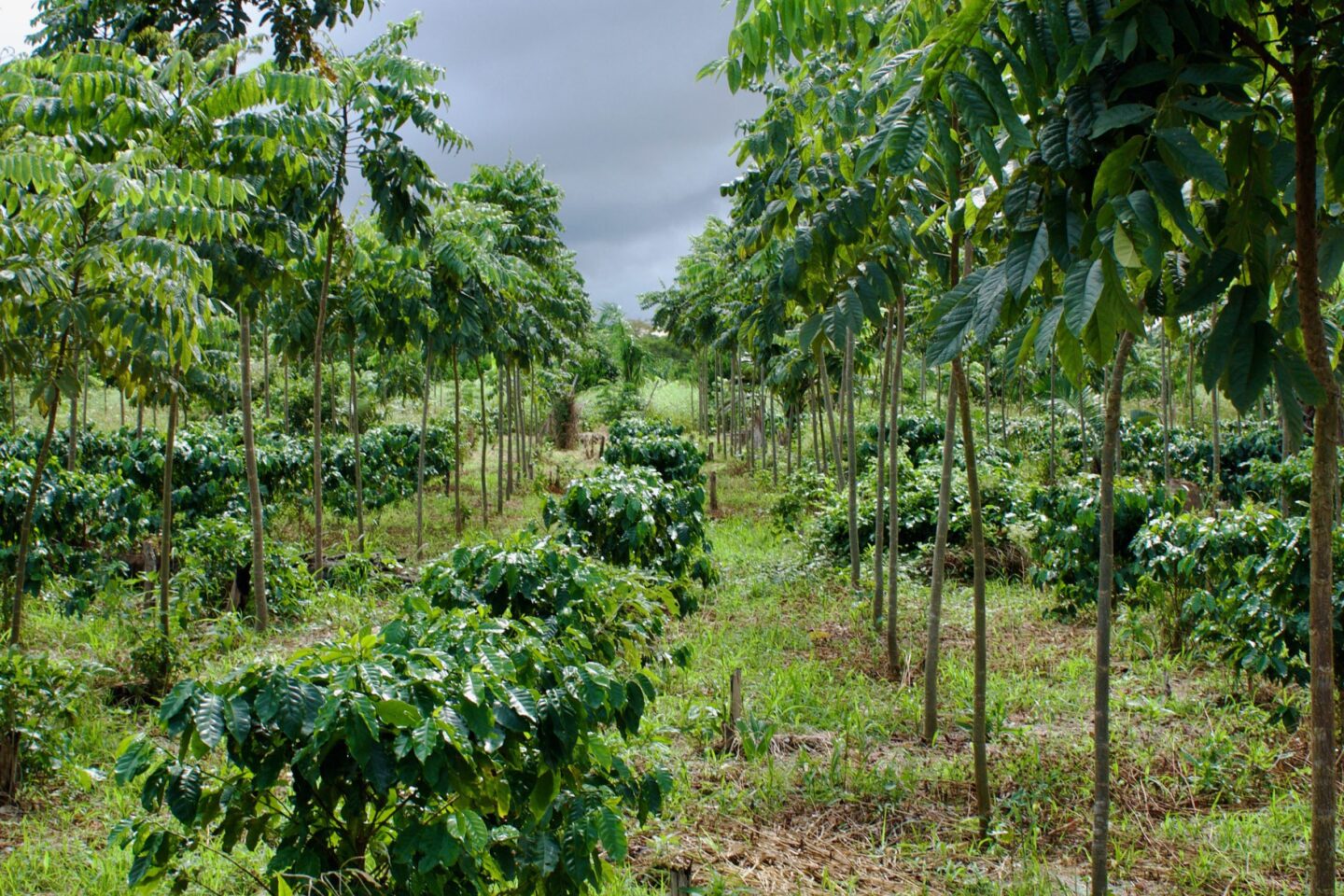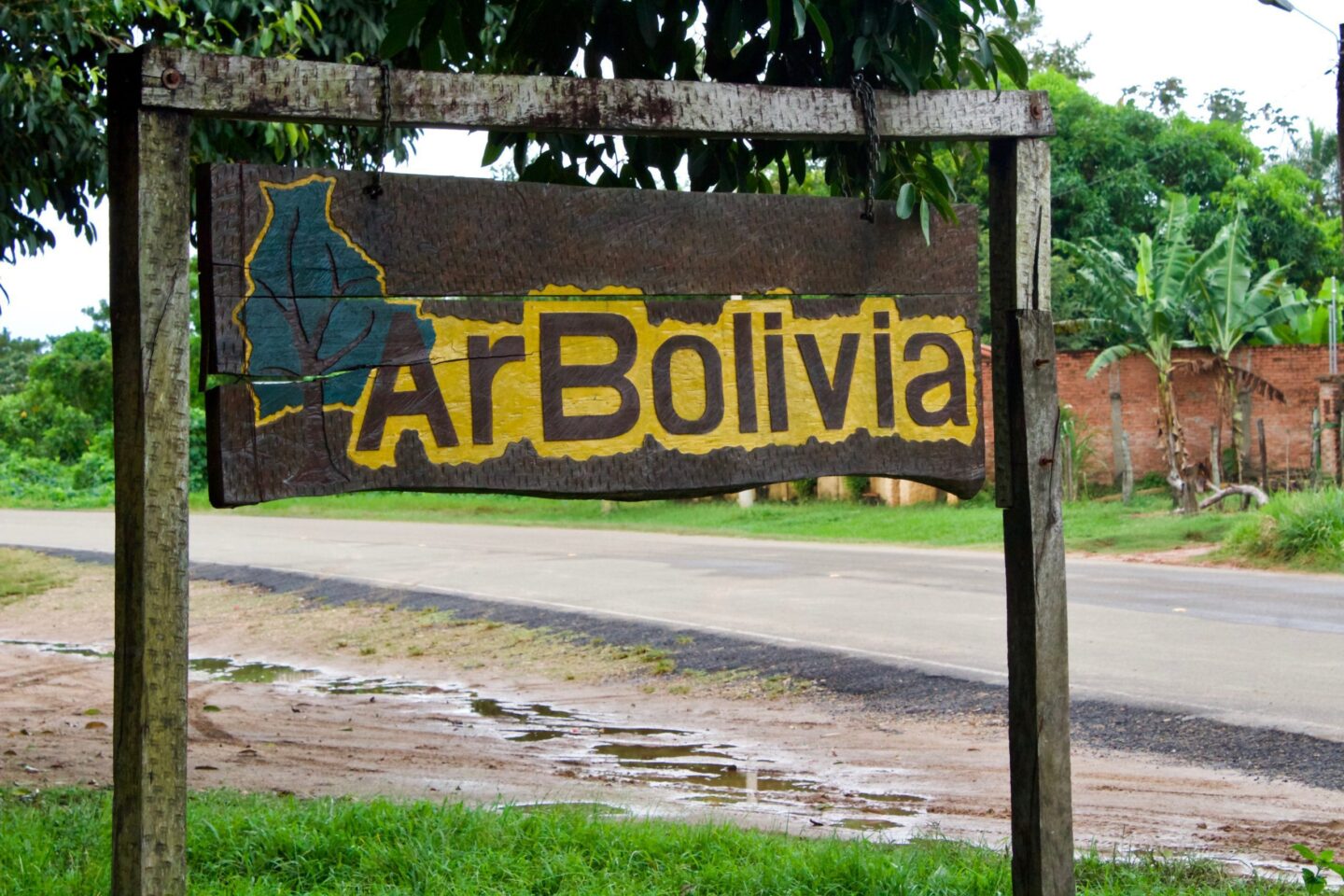Reduce first, offset carbon later
Driving, turning on central heating or cooking dinner: almost all our (daily) activities create CO2 emissions. Much more than the earth can absorb. As a result, temperatures are rising and the climate is changing. That’s why it’s important that we drastically reduce our carbon emissions. Flying less often, driving less often, eating less meat and purchasing fewer new items: all of these behaviours help to reduce our carbon emissions.
Through Trees for All, you can offset the CO2 emissions you are not (yet) able to avoid. But our motto remains: reduce first, offset later. We view carbon offset as a tool to speed up the transition towards a climate friendly world, not as an end goal. If that were the case, you might think that, thanks to carbon offset, you could continue to emit the same amount of CO2 as you do now. And that doesn’t help the climate.
Our perspective on carbon offset
